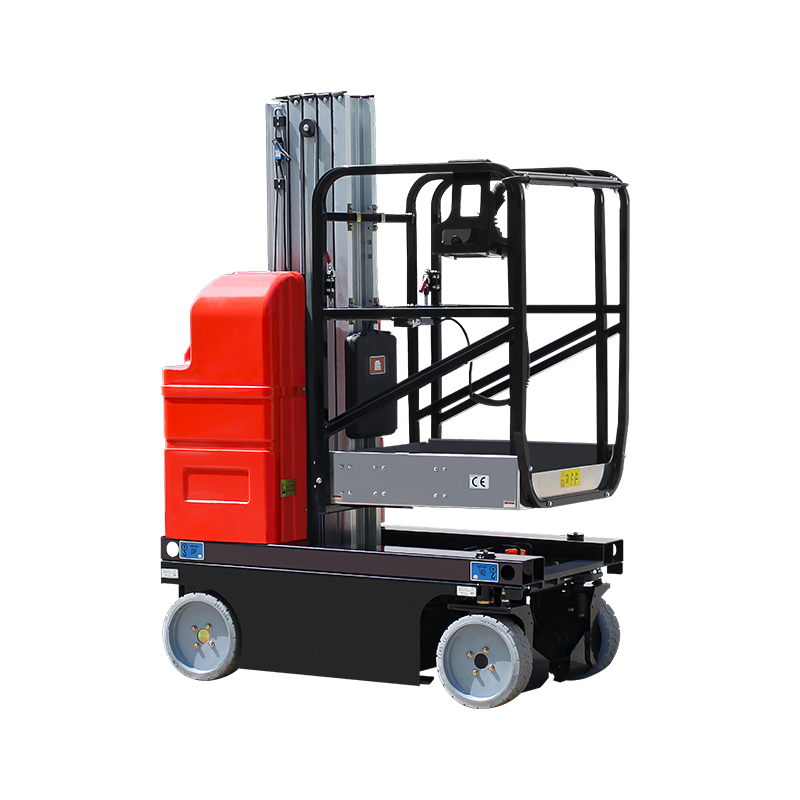A self propelled vertical lift, often referred to as an elevator or lift system, maintains its stability through a combination of mechanical and control systems designed to ensure safe and reliable operation. Here are some key aspects of how these lifts maintain stability:
Counterweight System: The modern vertical lifts use a counterweight system to balance the load of the elevator car or platform. A counterweight, typically located in a separate shaft or compartment adjacent to the elevator, is connected to the car by a cable. The counterweight's weight is carefully calculated to offset the weight of the car and its passengers, reducing the overall load on the elevator's motor and ensuring smoother and more efficient operation.
Control Systems: Elevators are equipped with sophisticated control systems that monitor various parameters, including the position of the car, the speed of movement, and the load inside the car. These control systems use sensors and feedback mechanisms to make real-time adjustments to maintain stability. If the elevator detects any anomalies or deviations from the desired parameters, it can automatically adjust the motor's speed and direction to correct them.
Safety Devices: Elevators are equipped with numerous safety devices and features to prevent accidents and maintain stability. These include overspeed governors, which can activate the brakes if the elevator exceeds a certain speed, and emergency brakes that engage in the event of a power failure or other critical issues. Additionally, there are limit switches that prevent the elevator from traveling beyond its designated limits.
Guiding Systems: Elevators often use guide rails or guide shoes to ensure that the car or platform stays aligned and moves smoothly along its intended path. These systems help prevent swaying or tilting during vertical movement.
Redundancy and Safety Standards: Elevators are subject to strict safety standards and regulations to ensure their stability and reliability. These standards require redundancy in critical systems and regular maintenance to identify and address potential issues before they become safety hazards.
Energy-Efficient Motors: Modern elevators often use energy-efficient motors with variable-frequency drives (VFDs). These VFDs allow for precise control of the motor's speed and torque, helping to maintain stability and reduce energy consumption.
Anti-Vibration and Damping Systems: To minimize vibrations and oscillations during vertical movement, elevators may incorporate anti-vibration and damping systems. These systems absorb and dissipate energy, contributing to a smoother ride and greater stability.
Structural Design: The overall structural design of the elevator shaft and car also plays a role in stability. A well-designed shaft with appropriate rigidity and strength helps prevent swaying or wobbling.

AMWP1100 Self-Propelled Single Mast Vertical Lifts

AMWP1100 Self-Propelled Single Mast Vertical Lifts
1.Proportional contorls
2.Automatic Pothole protection
3.Driveable at full height
4.Non-marking tyre
5.Automatic brake system
6. Emergency lowering system
7. Emergency stop button










 Español
Español















